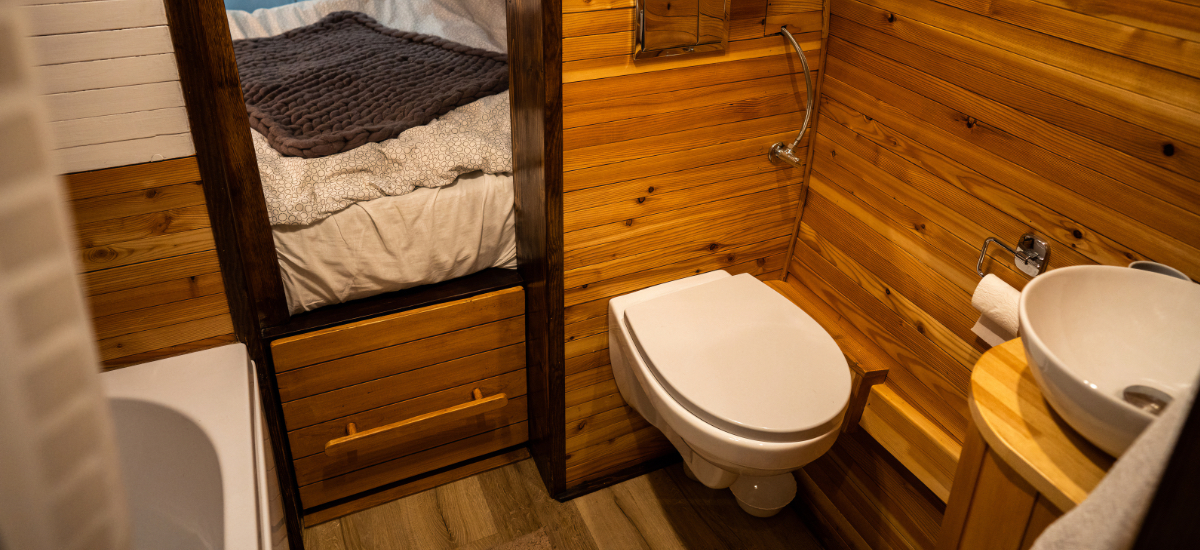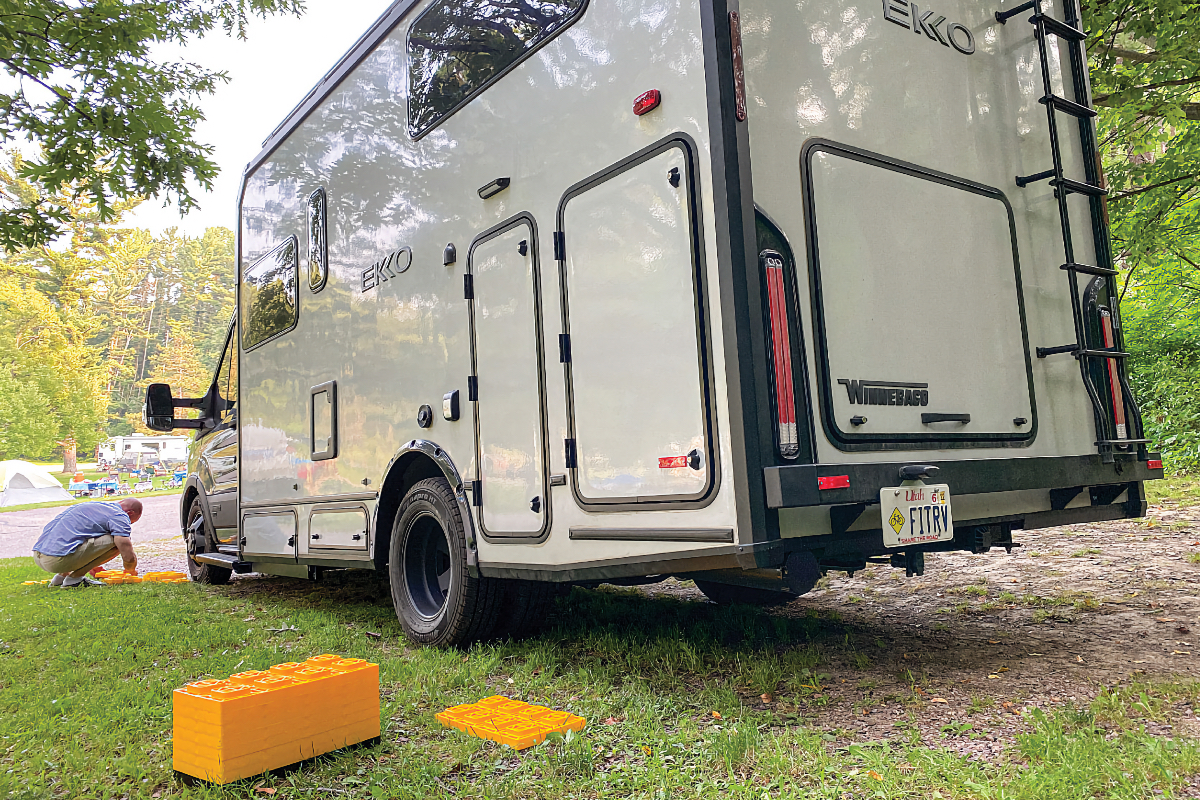Bringing Your RV Out of Winter Storage
Image Caption:
When temperatures rise and the air is sweet with new grass and blossom, the temptation is great to load up the RV and take an impromptu weekend getaway to your favorite destination. Not so fast, buster. That trailer, camper or motorhome has been sitting all winter long and – depending on where you live – may have been subjected to some pretty objectionable weather. Continuous cold temperatures, rain, snow and ice can cause damage to RVs both inside and out – and your first trip of the season is not the time to find out something’s wrong.
You know when the weather begins to turn favorable in your area, and you know about the time spring fever strikes you, so about a month or so prior, take some time to thoroughly inspect and test your RV so it’s ready when you are. “The biggest mistake most RV owners make is to wait until a few days before they plan to travel to make sure everything’s okay,” said Don Mann, RVIA/RVDA certified mechanic and service manager at Auburn RV in Auburn, Washington. “I can’t tell you how often I hear people say, ‘it worked just fine the last time I used it.’ The problem is, most other people wait until the last minute, too, so you may have to wait several days or more before we can even look at it.” It’s worth mentioning that many shops offer discounted rates or specials during the off-season, so you may be able to save some money on repairs by being an early-bird.
Tire Check
Begin with a visual inspection, starting with the exterior. Check the tires for proper inflation and cracks and, if you have a trailer, remove the wheels to make sure there are no obvious signs of corrosion or broken parts in the brake assemblies. Now is also a good time to consider re-packing the bearings, whether you do it yourself or leave the job to a professional. “The bearings should be packed every spring, even if you only use the trailer a few times a year,” says Mann. “This is because the grease gets squeezed out of the upper portion of the bearing while it’s sitting for the winter, which creates a dry spot in the bearing. This can cause damage or even failure.”
Critter Check
Bugs like yellow jackets and mud daubers love to make nests in places like the refrigerator vents and furnace exhausts; so, do a thorough walk-around to make sure no unwanted guests have taken up residence. If you drained the water heater for the winter like you’re supposed to, check that the drain plug is in place and is tight.
Battery Check
Next, check the condition of your batteries, and charge them with a battery charger if necessary. This is especially important if you have left the RV plugged in (to power a dehumidifier, for example) or if the batteries have been left in the RV during a freezing winter; either condition can damage or ruin a battery. Verify that there is power inside the RV, both on battery power and when plugged in. Also whether it’s a trailer or a motorhome, verify that the exterior running lights, turn signals and brake lights are working properly.
Service Check
At this point, you should schedule an appointment with your local RV dealer or repair center for an LP-gas system inspection. Typically, this system should be inspected annually at the beginning of every travel season, and the job only costs around $40 if there are no leaks. If there are, whatever it costs to fix them is certainly worthwhile to ensure the safety of you and your family. “Just driving down the road, fittings can vibrate loose,” says Mann. “Also, some of the older water heaters have gas valves that leak. I’ve also seen some instances where the copper tubing wasn’t flared properly at the factory, and the dealer didn’t fix it during the PDI (pre-delivery inspection) because the leak couldn’t be found before the customer picked it up. For me, I don’t care how long it takes – the gas leak has to be located. It’s not something you want to ignore.”
Water Check
Even if you drained the freshwater tank before winter, now is a good time to sanitize the freshwater system, because the next thing you should do is run the water pump and make sure the water system can deliver the goods. If the RV has been winterized, the hot-water tank has likely been bypassed already, which is good, because you don’t necessarily need to sanitize the hot-water tank anyway. “Once you’ve sanitized the freshwater system, you typically have to fill the tank and drain it a few times,” Mann explains. “Then you’ve got to fill it again with freshwater and start flushing the lines. When the water heater isn’t in the system, it makes the process a lot faster and easier.” The only possible exception to this is, Mann says, is if you’ve accidentally left water in the water heater all winter long in a warm climate, and now the water has a putrid, rotten-egg smell.
Have a good trip!
The spring and summer season is always too short – don’t waste precious travel time with your RV in the repair shop. A little time spent right now to evaluate your RVs condition will ensure maximum family fun once you get struck with spring fever.





